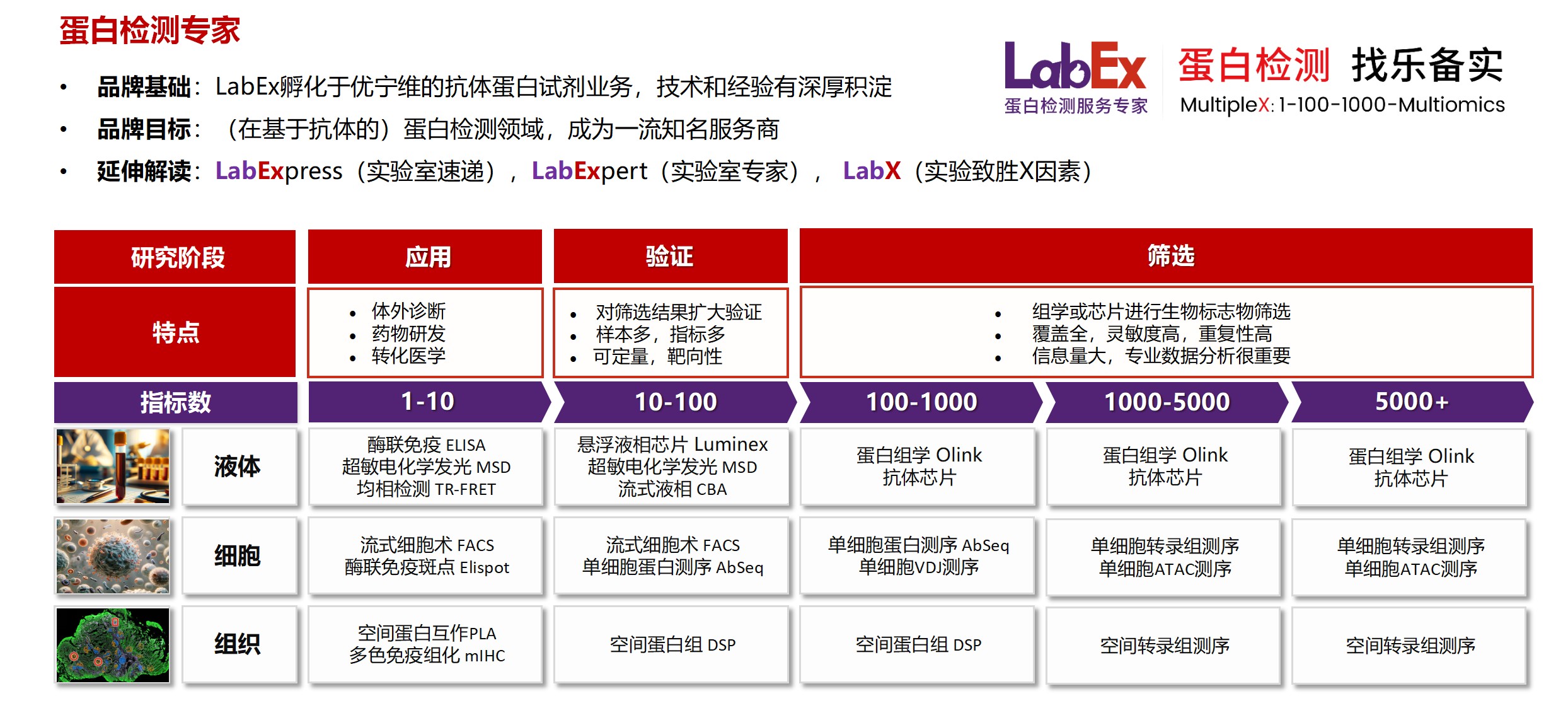Different Adaptive Responses to Hypoxia in Normal and Multiple Myeloma Endothelial Cells
Background/aims: Hypoxia is a powerful stimulator of angiogenesis under physiological as well as pathological conditions. Normal endothelial cells (EC), such as human umbilical vein EC (HUVEC), are relatively affected by hypoxic insult in terms of cell survival. In contrast, EC from tumors are particularly resistant to hypoxia-induced cell death. Previous reports have shown that EC in bone marrow from multiple myeloma (MM) patients had a hypoxic phenotype, even under normoxic conditions. The aim of this study was to evaluate whether HUVEC and MMEC adapt differently to hypoxia. Methods: Cell proliferation was assessed by the CyQUANT assay. Cdc25A, p21, Bax, Bcl-xl, BNIP3, glucose transporter (GLUT)-1, monocarboxylate transporter (MCT)-4 and carbonic anhydrase (CA)IX mRNA expression was determined by qRT-PCR. HIF-1α, BNIP3, Beclin-1, LC3B, livin, Bax, Bcl-xl, p21, p62 and β-actin protein expression was analyzed by western blot. Apoptosis was determined by TUNEL assay. Silencing of BNIP3 was achieved by stealth RNA system technology. Results: While HUVEC survival was reduced after prolonged hypoxic exposure, MMEC were completely unaffected. This difference was also significant in terms of livin, cdc25A and p21 expression. Hypoxia induced apoptosis and inhibited autophagy in HUVEC, but not in MMEC, where hypoxic treatment resulted in a more sustained adaptive response. In fact, MMEC showed a more significant increase in the expression of genes regulated transcriptionally by hypoxia-inducible factor (HIF)-1α. Interestingly, they showed higher expression of BNIP3 than did HUVEC, indicating a more pronounced autophagic (and pro-survival) phenotype. The potential role of BNIP3 in EC survival was confirmed by BNIP3 siRNA experiments in HUVEC, where BNIP3 inhibition resulted in reduced cell survival and increased apoptosis. Conclusion: These findings provide further information on how hypoxia may affect EC survival and could be important for a better understanding of EC physiology under normal and pathological conditions, such as in multiple myeloma.Keywords: BNIP3; Cell survival; Endothelial Cells; Hypoxia; Multiple Myeloma.
乐备实是国内专注于提供高质量蛋白检测以及组学分析服务的实验服务专家,自2018年成立以来,乐备实不断寻求突破,公司的服务技术平台已扩展到单细胞测序、空间多组学、流式检测、超敏电化学发光、Luminex多因子检测、抗体芯片、PCR Array、ELISA、Elispot、PLA蛋白互作、多色免疫组化、DSP空间多组学等30多个,建立起了一套涵盖基因、蛋白、细胞以及组织水平实验的完整检测体系。
我们可提供从样本运输、储存管理、样本制备、样本检测到检测数据分析的全流程服务。凭借严格的实验室管理流程、标准化实验室操作、原始数据储存体系以及实验项目管理系统,已经为超过3000家客户单位提供服务,年检测样本超过100万,受到了广大客户的信任与支持。

声明:本篇文章在创作中部分采用了人工智能辅助。如有任何内容涉及版权或知识产权问题,敬请告知,我们承诺将在第一时间核实并撤下。
详见LabEx网站(
www.u-labex.com)或来电咨询!
基因水平:PCR Array、RT-PCR、PCR、单细胞测序
蛋白水平:MSD、Luminex、CBA、Elispot、Antibody Array、ELISA、Sengenics
细胞水平:细胞染色、细胞分选、细胞培养、细胞功能
组织水平:空间多组学、多重荧光免疫组化、免疫组化、免疫荧光
数据分析:流式数据分析、组化数据分析、多因子数据分析
基因水平:PCR Array、RT-PCR、PCR、单细胞测序
蛋白水平:MSD、Luminex、CBA、Elispot、Antibody Array、ELISA、Sengenics
细胞水平:细胞染色、细胞分选、细胞培养、细胞功能
组织水平:空间多组学、多重荧光免疫组化、免疫组化、免疫荧光
数据分析:流式数据分析、组化数据分析、多因子数据分析
联系电话:4001619919
联系邮箱:labex-mkt@u-labex.com
公众平台:蛋白检测服务专家
联系邮箱:labex-mkt@u-labex.com
公众平台:蛋白检测服务专家

上一篇
Type H vessel/platelet-derived growth factor receptor β+ perivascular cell disintegration is involved in vascular injury and bone loss in radiation-induced bone damage
下一篇
Enrichment of vascular endothelial growth factor secreting mesenchymal stromal cells enhances therapeutic angiogenesis in a mouse model of hind limb ischemia
本网站销售的所有产品及服务均不得用于人类或动物之临床诊断或治疗,仅可用于工业或者科研等非医疗目的。










 沪公网安备31011502400759号
沪公网安备31011502400759号
 营业执照(三证合一)
营业执照(三证合一)


